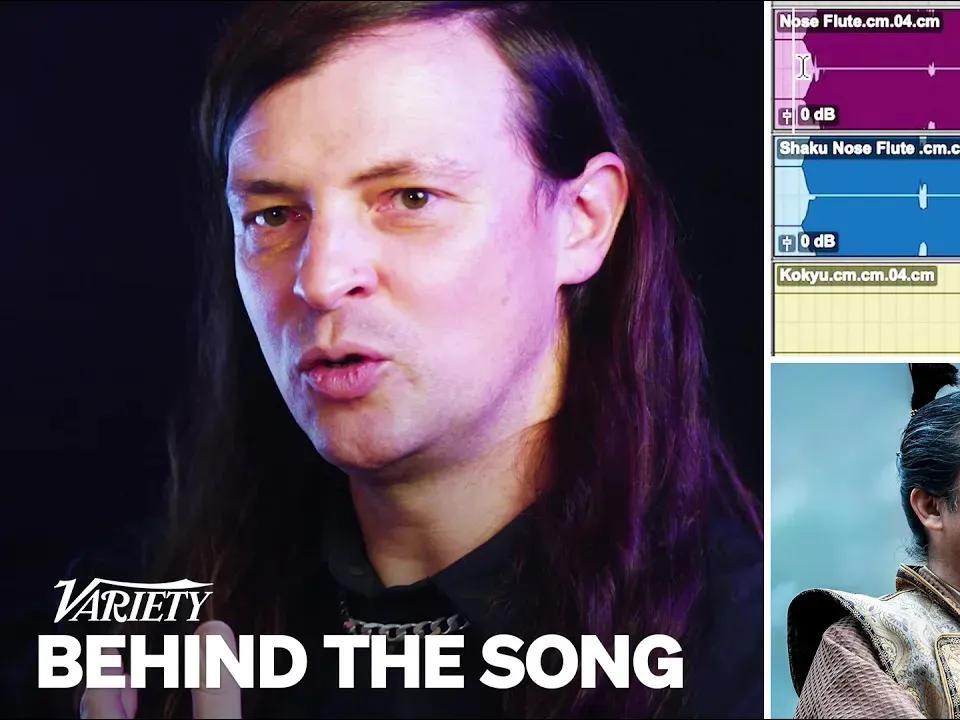Physical Address
304 North Cardinal St.
Dorchester Center, MA 02124
Physical Address
304 North Cardinal St.
Dorchester Center, MA 02124

In the latest “Behind the Song” feature by Variety, “Shōgun” composer Leopold Ross delves into the creation of the show’s dramatic main title theme. The project began simply enough: a former collaborator emailed Ross, asking if he’d help with the score for “Shōgun.” This eventually led to a nearly two-year-long partnership with composer Nick Chuba, his brother and composer Atticus Ross, and arranger/composer Taro Ishida.
Based on James Clavell’s novel, “Shōgun” is a historical drama set in the early 1600s. The series follows John Blackthorne, an English navigator shipwrecked in Japan. Blackthorne becomes trapped in the intricate political and cultural landscape of the country. This journey throws him into the power struggles between feudal lords, particularly the ambitious daimyo, Lord Toranaga. The series stars Hiroyuki Sanada as Lord Toranaga, Cosmo Jarvis as John Blackthorne, and Anna Sawai as Lady Mariko.
One of the initial concepts for the theme involved Chuba playing the nose flute, an instrument that Justin Marks, the show’s co-creator and showrunner, believed evoked the world of “Shōgun.” This initial idea provided a foundation for the composers to build upon.
“It became a case of building from here and turning this into a theme that encapsulated the world of ‘Shōgun’ and matched the kind of epic scale of the visuals,” Ross explained.
After introducing the nose flute, Ross suggested the inclusion of the shakuhachi, a bamboo flute noted for its rich lower register. The introduction of the third instrument, the hichiriki, further elevated the score’s meaning and metaphorical depth.
“The hichiriki is a very small, raspy reed instrument that really became one of the signature sounds of the show because of the way that it reacted with our processing. It’s put into this indescribable world where it’s not ancient, and it’s not modern, and it’s not Eastern, and it’s not Western; it’s just existing between the lines,” he noted.
With all the instruments beginning to swell into a cacophonous sound, Ross needed a way to ground it and bridge it with a gentler tone.
That’s where Buddhist monks entered the picture.
Ross and his team were granted permission to record monks during a festival at their temple. They used one of the recorded phrases to transition the music “from the beauty to the brutality.”
Reviewing his completed work, Ross recalled feeling “immensely proud” of the series.
“I felt immensely proud watching the series back and connected on such a wide level. We thought it would be like a niche art piece, you know what I mean? We weren’t expecting it to turn into this monster,” he shared. “It’s just an honor to be involved in a project where the level of craftsmanship across the whole production is at such a high bar, and it pushed us because we wanted to be at that bar. It’s just a humbling and amazing feeling.”
Watch the entire conversation above.
Additional reporting by Tiana DeNicola.



